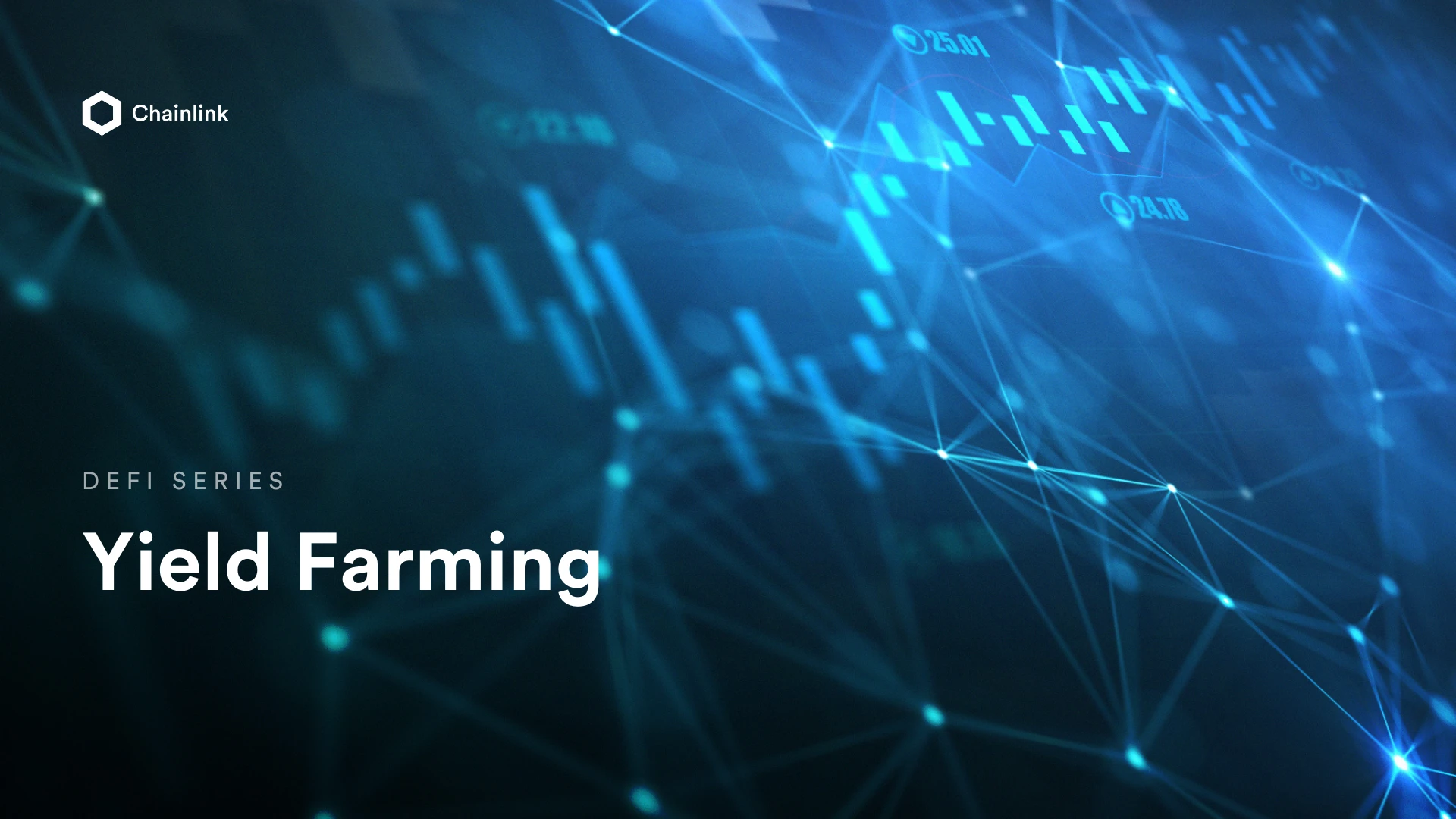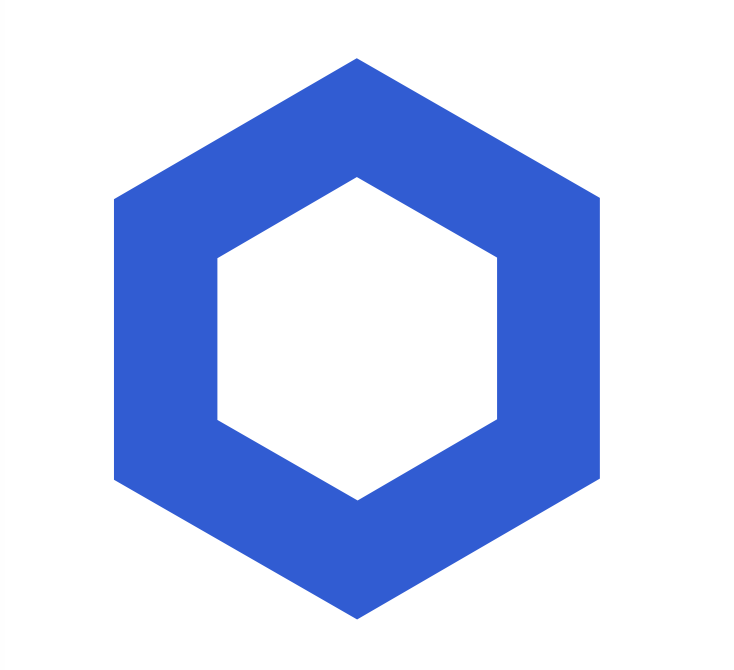
In recent years, various blockchain applications have emerged one after another. The emergence of innovative financial products such as permissionless DeFi modules, Chainlink decentralized oracle machines, and liquidity mining have enabled smart contract developers around the world to quickly develop, iterate, and deploy new blockchains. decentralized applications. So far, the locked-up volume of DeFi has increased tenfold, from less than US$700 million to more than US$8 billion, of which the locked-up volume of Chainlink price feed accounts for more than US$3 billion.
The rapid growth of the DeFi industry has benefited from the rapid development and innovation of DeFi technology, which has also given birth to unprecedented financial products and eliminated the inefficiencies and counterparty risks in the traditional financial system. The hottest application in the DeFi field recently is liquidity mining.
The liquidity mining mechanism encourages users to inject funds or provide other value-added services in the decentralized ecology. In return, the platform will issue rewards to them. The miners of liquidity mining will obtain the native governance certificate of the platform in proportion to increase their annualized return on investment. Liquidity mining rewards are not included in the income of the platform itself (such as transaction fees generated by decentralized exchanges or interest on loans in money markets), but are an additional income. Some projects will also issue liquidity mining rewards for other behaviors, such as users participating in platform transactions or supporting communities, marketing and developer programs, etc.
Liquidity mining usually has two main purposes:
One is to encourage users to inject liquidity into DeFi applications to increase the total locked-up volume (TVL) and capital supply of the application. Increased liquidity can effectively reduce transaction slippage and improve the competitiveness of applications, thereby attracting more users to join.
The second is to fairly distribute the governance tokens of DeFi applications to users. These users will bear corresponding opportunity costs (such as impermanent losses) when depositing funds on the platform. Since the tokens are distributed fairly, no party will be favored, so that a truly decentralized governance model can be realized.
Different DeFi protocols adopt different liquidity mining mechanisms, mainly depending on what goals they want to achieve. Some agreements seek to achieve one of these two goals, while others seek to achieve both. Recently, there are a wide variety of DeFi projects that issue tokens, including decentralized exchanges and currency markets. No matter what kind of project it is, they all adopt the liquidity mining model. What these projects have in common is that they have accumulated a group of early users who actively participate in the governance of the protocol, which brings great value to the development of the project.
first level title
Inject liquidity into DeFi applications
Initially, the role of liquidity mining is to directly inject liquidity into a certain type of DeFi assets. The first to start liquidity mining isSynthetix, which is a decentralized derivatives protocol connected to Chainlink price feed. Synthetix launched a liquidity mechanism in mid-2019 for UniswapRewards for users who provide sETH/ETH liquidity. Users pledge the tokens in the Uniswap sETH/ETH liquidity pool in the contract, and obtain SNX tokens (that is, Synthetixs native tokens) in proportion.
In fact, this not only enables liquidity providers to obtain additional income in addition to transaction fees (and reduces impermanent losses), but also lowers the threshold for traders to enter the Synthetix ecosystem, because they can easily convert ETH to sETH (Note : Synthetixs Ethereum synthetic asset), and greatly reduce transaction slippage. After converting sETH, users can enter the Synthetix ecosystem and start buying other synthetic assets, which usually include commodities, fiat currencies, cryptocurrencies, and indices. While this model did not last, Synthetix later introduced more incentives to stimulate liquidity in other synthetic assets, including sUSD and sBTC.
As mentioned above, Synthetix is the pioneer of liquidity mining, and the current innovation leader of liquidity mining is none other than Compound. Compound released its own governance token in June 2020. Since then, liquidity mining has seen explosive growth and various dazzling innovative applications in the DeFi field. With the continuous innovation of many projects, the effectiveness of various liquidity mining mechanisms has also been truly verified, and a more perfect mechanism has been iterated.
Liquidity mining is constantly moving forward in the following aspects:
Choose different types of DeFi tokens for pledge to attract different token communities.
Support for multiple liquidity pools (eg: Uniswap and/or Balancer)
Different ratios of pledged liquidity pool shares (e.g. 98/2 vs 50/50)
Incentive mechanism for certain liquidity pools (note: users are encouraged to deposit a token)
In addition to many other innovative mechanisms
This wave of innovation has spawned a large number of decentralized applications, each with a unique value proposition, and iterative innovation on the basis of the original.
first level title
The meaning of liquidity and its network effects
Before discussing why the DeFi protocol is willing to issue tokens to users, we must first clarify the importance of liquidity to the DeFi protocol. Decentralized applications are completely open source, so the community and the funds deposited by users become the main protection barrier of the agreement. A successful DeFi protocol must not only focus on its business logic, but also establish a lasting network effect. The network includes not only the code itself, but also various factors such as application scale, user groups, community support and the value it generates.
Therefore, DeFi protocols have begun to use liquidity mining to directly inject liquidity into them, thereby improving user experience and application scale. The increased liquidity of DeFi applications (ie: supply side) has also led to an increase in user scale (ie: demand side). Users pay fees to liquidity providers, which also attracts more capital inflows, thus creating a virtuous growth cycle. The purpose of this cycle is to help DeFi protocols continuously absorb liquidity and stand out from the competition. Users and liquidity providers will naturally tend to the platform with the lowest slippage and the highest return, so there will be an aggregation effect.
The liquidity here is like a moat, guarding the security of the DeFi protocol, but this moat is not completely insurmountable. As an incentive, liquidity mining can attract liquidity from other protocols, which may have a reversal effect, that is, once enough liquidity is transferred to the new protocol, its network effect will follow Transfer over. This is also known as vampire mining. Although it is not yet known whether this method will work in the long run, we can see that liquidity mining is not only of great significance to the agreement, but also can become a nirvana for waging a liquidity war. After all, liquidity Sex mining is just a tool that can achieve different goals.
first level title
Fairly distribute tokens and establish a stakeholder community
Although the original purpose of liquidity mining is not to distribute tokens fairly, it can certainly achieve this purpose. The pass will be issued directly to the community in a fair way, rather than leaving it to a few investors and insiders. The number of pass issued is directly proportional to the specific financial contribution of the user. This model puts the governance of the protocol in the hands of the community and collectively makes changes or additions to the protocol in a democratic way.
The project uses a liquidity mining mechanism to achieve fair token distribution and ensure that tokens can not only be distributed among multiple parties, but also directly distributed to users who contribute value in the ecosystem. Under this model, an extremely powerful community of token holders can be established, and community members can obtain great incentives to jointly promote the development of the agreement and push up the value of tokens. Stakeholders are more likely to stay on the platform and continue to contribute value when they are incentivized.
One of the most typical examples is YFI, which isyEarnFinancenative pass. yEarn is a smart contract protocol whose purpose is to find the best income opportunities for users and automatically configure liquidity in DeFi applications. In July of this year, yEarn publicly issued 30,000 YFI tokens to the liquidity providers of multiple liquidity pools within two weeks. At that time, the concept of liquidity mining had just emerged. Those who have dug into YFI basically have a deep understanding of the DeFi ecology, and these people have come together to build the YFI community. Afterwards, these YFI tokens were invested in many other DeFi applications, which shows that users not only hold the tokens, but also actively use the tokens in their hands to further enhance the overall liquidity of the yEarn ecosystem.
first level title
Chainlink Powers Liquidity Mining
price feed mechanismprice feed mechanism, The price feed is based on the Chainlink decentralized oracle network. Many liquidity mining projects have begun to connect to Chainlink to feed prices. There are still many untapped application scenarios in this field, which are worth exploring.
Token lock——Plasm is a protocol based on Polkadot, which distributes tokens to liquidity providers based on two dimensions, namely: 1) the value of pledged assets when rewards are issued; 2) the time when pledged assets are locked in the agreement. The purpose of this mechanism is to motivate users to provide liquidity to the platform for a long time.
Liquidity pool rewards are distributed proportionally——The DeFi protocol StrongBlock is connected to Chainlink price feed to calculate the total dollar value of the pledged assets in the multi-asset pool, and distribute rewards in proportion. This mechanism enables StrongBlock to expand the size and asset class of the liquidity pool, and users who provide more liquidity will receive more rewards accordingly.
Reward Auto-Adjustment——Chainlink price feed can be connected to transmit the market price of liquidity mining tokens to the chain. This mechanism has unique application potential. For example, the issuance of tokens can be automatically adjusted according to the market price, which will help stabilize the users liquidity mining income. Other dApps can also access Chainlink to feed prices to quickly develop innovative DeFi financial products and support liquidity mining tokens. For example, Chainlink releasedYFI/ETHPrice feed, financial derivatives that support the Opium protocol.
Summarize
Summarize
Liquidity mining is an innovative application scenario in the DeFi field, which can realize value in two dimensions, namely: 1) providing incentives to inject liquidity into applications; 2) realizing fair distribution of tokens. Various stakeholders in the DeFi field also took advantage of liquidity mining to reduce the transaction slippage of token exchange in DeFi applications, and successfully established a united and strong community. None of this would be possible without the emergence of liquidity mining. Liquidity mining has also helped countless projects to accelerate their growth, and the current locked positions are as high as hundreds of millions or even billions of dollars.
More details
More details
If you are a developer and want to connect to Chainlink to feed prices and develop liquidity mining applications, please check ourQuick Start Teaching, this tutorial will teach you how to start developing.
Our developer documentationclick hereContact us, or viewOur developer documentation。










